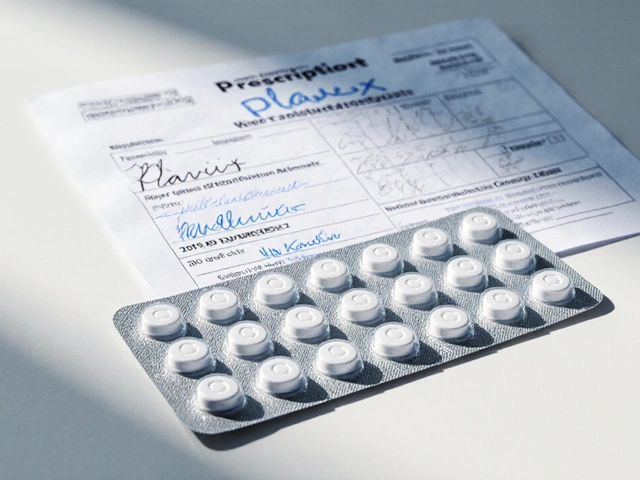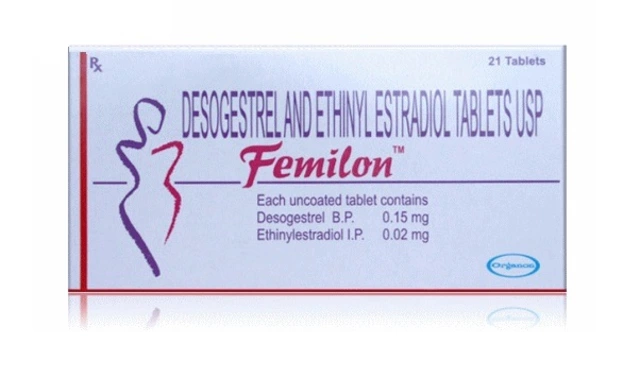Combine Acne Treatments: How to Mix Meds Safely
If you’re battling stubborn breakouts, using just one product might feel like you’re stuck in a rut. Mixing the right acne medicines can speed up healing, but it also raises the risk of irritation. This guide shows you how to pair ingredients without blowing up your skin.
Why Combine Treatments?
Every acne formula attacks a different part of the problem. Benzoyl peroxide kills bacteria, retinoids unclog pores, and salicylic acid slides dead skin off the surface. When you stack them, you hit multiple causes at once, which often means fewer pimples in less time. The trade‑off is the chance of over‑drying, redness, or peeling if the combo is too aggressive.
Most dermatologists recommend starting with a single product, mastering the routine, then adding a second one once your skin tolerates the first. This step‑wise approach keeps your skin barrier intact while you still get the benefits of a multi‑target plan.
Step‑by‑Step Guide to Mixing Acne Products
1. Pick a core treatment. Choose the ingredient that matches your biggest issue. If you have lots of inflamed pimples, benzoyl peroxide (2‑5%) is a common starter. If you’re dealing with clogged pores, a low‑strength retinoid (0.025% tretinoin or adapalene) works well.
2. Add a gentle exfoliant. After you’ve used your core treatment for a week, introduce a chemical exfoliant like salicylic acid (0.5‑2%). Apply it on alternate nights to avoid stacking three actives at once.
3. Moisturize every time. Even the best acne products can strip oil. Use a non‑comedogenic moisturizer within two minutes of applying your active. Look for ingredients like ceramides, hyaluronic acid, or niacinamide.
4. Introduce a spot‑treatment. For occasional flare‑ups, a targeted benzoyl peroxide or sulfur spot treatment can be applied directly on a breakout. Keep it away from the surrounding skin to limit irritation.
5. Monitor and adjust. Watch for excessive dryness, burning, or new red bumps. If any of those appear, pull back to a single product for a few days, then re‑introduce the next step slowly.
6. Sunscreen is non‑negotiable. All the actives we mentioned make your skin more sensitive to UV rays. Use a broad‑spectrum SPF 30 or higher every morning, regardless of your treatment plan.
Here’s a quick example routine for someone with mild‑to‑moderate acne:
- Morning: Cleanser → 2% benzoyl peroxide → lightweight moisturizer → SPF 30+
- Evening (night 1): Cleanser → 0.025% adapalene → moisturizer
- Evening (night 2): Cleanser → 1% salicylic acid → moisturizer
- Spot‑treatment as needed: Apply directly on active blemish.
This schedule gives your skin a rest day between strong actives, reducing the risk of over‑exfoliation.
What to avoid. Never layer benzoyl peroxide with a retinoid in the same step—both can cause severe irritation. Also keep Vitamin C serums separate from acids; the pH clash can make them less effective and irritate the skin.
Finally, if you’re already on prescription meds like isotretinoin, consult your dermatologist before adding over‑the‑counter actives. Combining prescription isotretinoin with other strong acids or benzoyl peroxide can be dangerous.
Mixing acne treatments isn’t magic; it’s about respecting your skin’s limits while targeting the root causes of breakouts. Start slow, stay consistent, and you’ll likely see clearer skin without the burning side effects.

How to Safely Combine Benzoyl Peroxide with Other Acne Treatments
Learn the science behind mixing benzoyl peroxide with other acne actives, step‑by‑step layering tips, and safe regimens for every skin type.
Read More




